In the book I recommended in my last Substack — Parisian Days by Banine — the author describes a very lively Russian community in Paris during the 1920s. I’m always interested in seeing how immigrant communities thrive in different cultures, so I enjoyed reading her vivid descriptions about Russian life in Paris back then.
I’m going to back up a little, for context. After World War I (1914-1918), there were 9.5 million refugees displaced from the war. On top of that, hundreds of thousands of Russians fled their country during the Russian Revolution, which began in 1917. Banine and her family, who once possessed great oil wealth in Azerbaijan and lost it all, were part of the Russian diaspora in Paris.

In October 1921, the Soviets stripped Russian emigrés of their nationality, rendering hundreds of thousands of people stateless.
This exiled Russian diaspora comprised all classes of society:
…from the simple soldier loyal to his tsar to grand dukes; from the prima ballerina to the peasant enlisted in the White Army; from intellectuals to generals, including artists and servants who came with their deposed masters. - Parisian Days, p127
She goes on to describe how Russians who were once dukes were reduced to the work of ‘common peasants’ in Paris, some going on to become taxi drivers.
On the other side of the coin there were a number of renowned Russian poets, writers, philosophers, theologians and artists living in Paris - Marc Chagall being the most known (to me) among them. Chagall, of course, became a national treasure to France, with one of his most visible works on the ceiling of the Opéra Garnier in Paris.
This ‘national ex-communication’, if you will, created a real problem for Russians living outside their native land who had no official ID document. This is where Banine makes reference to the Nansen passport. I had to look it up because I had never heard of it before and wanted to share it with you.
A Bit of Background
The genesis of the Nansen passport goes back to World War I. The predecessor of the United Nations, the League of Nations, was created as a way of fostering peace between countries after such a horrific event.
This is where Fridtjof Nansen comes in. A Norwegian national, he was the High Commissioner for Refugees for the League of Nations. (Before that, he was a polar explorer and Norwegian diplomat. Wow.)
Nansen created a system to help refugees travel within and between countries more easily, whether to find work or avoid deportation.
Some facts:
the Nansen passport was created in 1922 to help Russians who fled the Revolution
later it was extended other refugees who didn’t have a passport, including more than 300,000 Armenians who fled the genocide in 1915
a total of about 450,000 Nansen passports were issued
How it worked
The Nansen passport required ‘stamps’ to render it valid for use, as you can see from the image below. (Notice the stamps below say ‘réfugiés russes’.) The revenue generated from the stamps went back into funding resettlement costs and support of refugees around the world. The passport could be renewed annually.
In order to receive the Nansen passport, people had to
a) show proof of identity and
b) demonstrate they emigrated from another country.
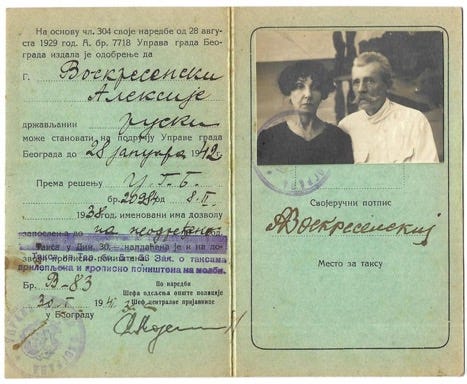
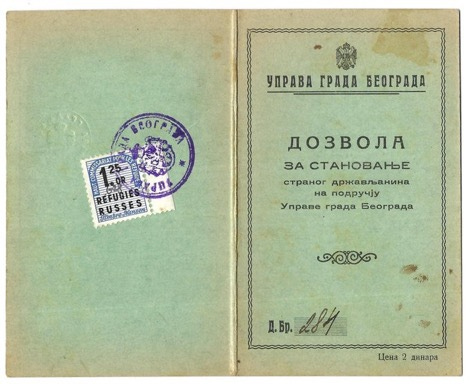
Fridtjof Nansen’s idea earned him the Nobel Peace Prize in 1922. Later, in 1938, the Nansen International Office for Refugees received the Nobel Prize for their work in distributing the passports.
100 years later and the world is facing a new type of refugee challenge. It would be interesting if Nansen were alive today - what would he have done?
Sources/further reading:
The Little-Known Passport That Protected 450,000 Refugees - Atlas Obscura
Nansen Passport Association: Supporting Refugees Worldwide | Nansen Passport





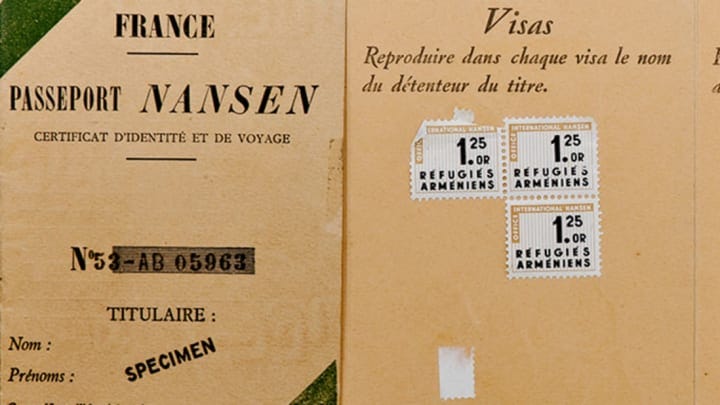
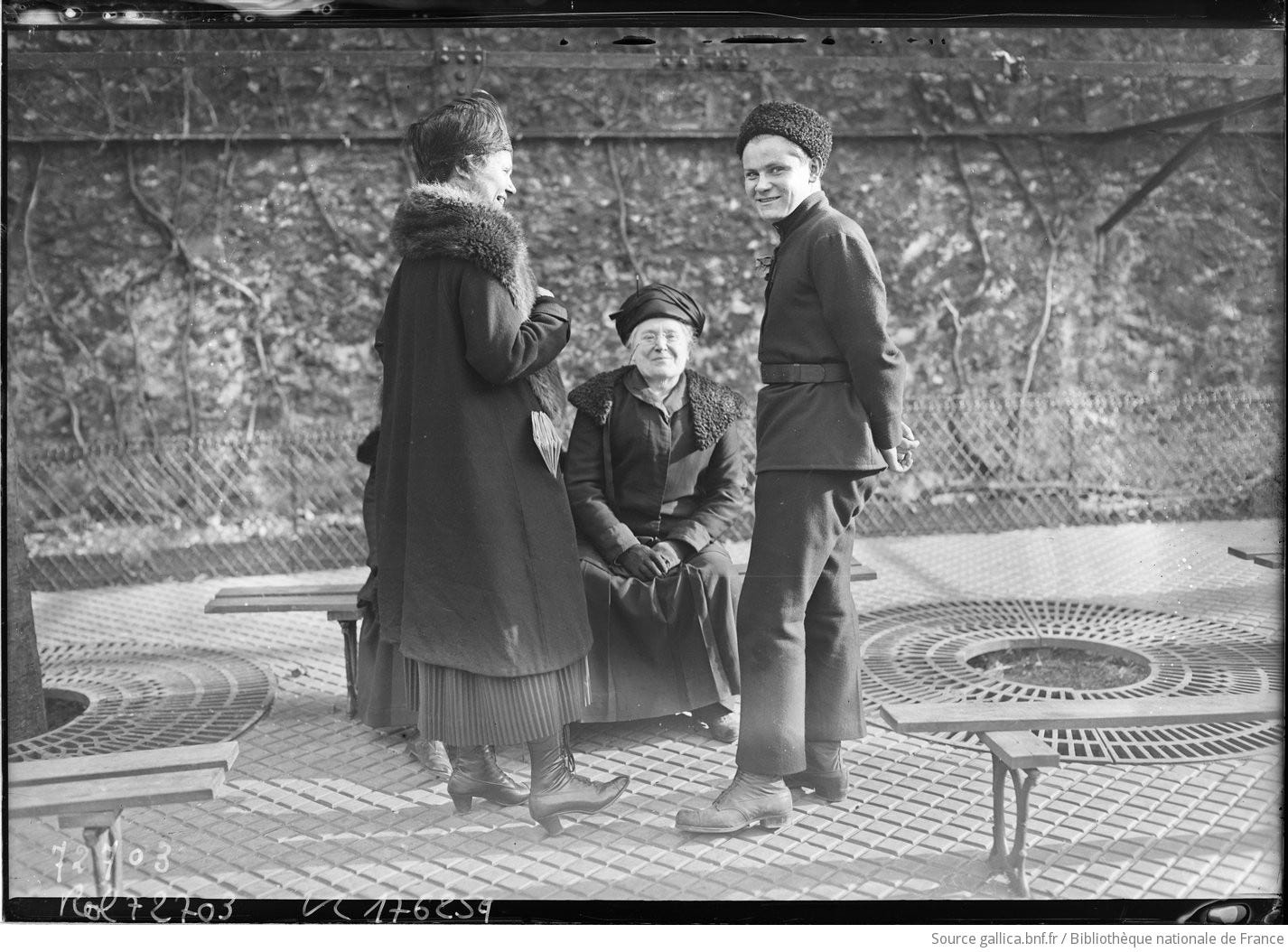
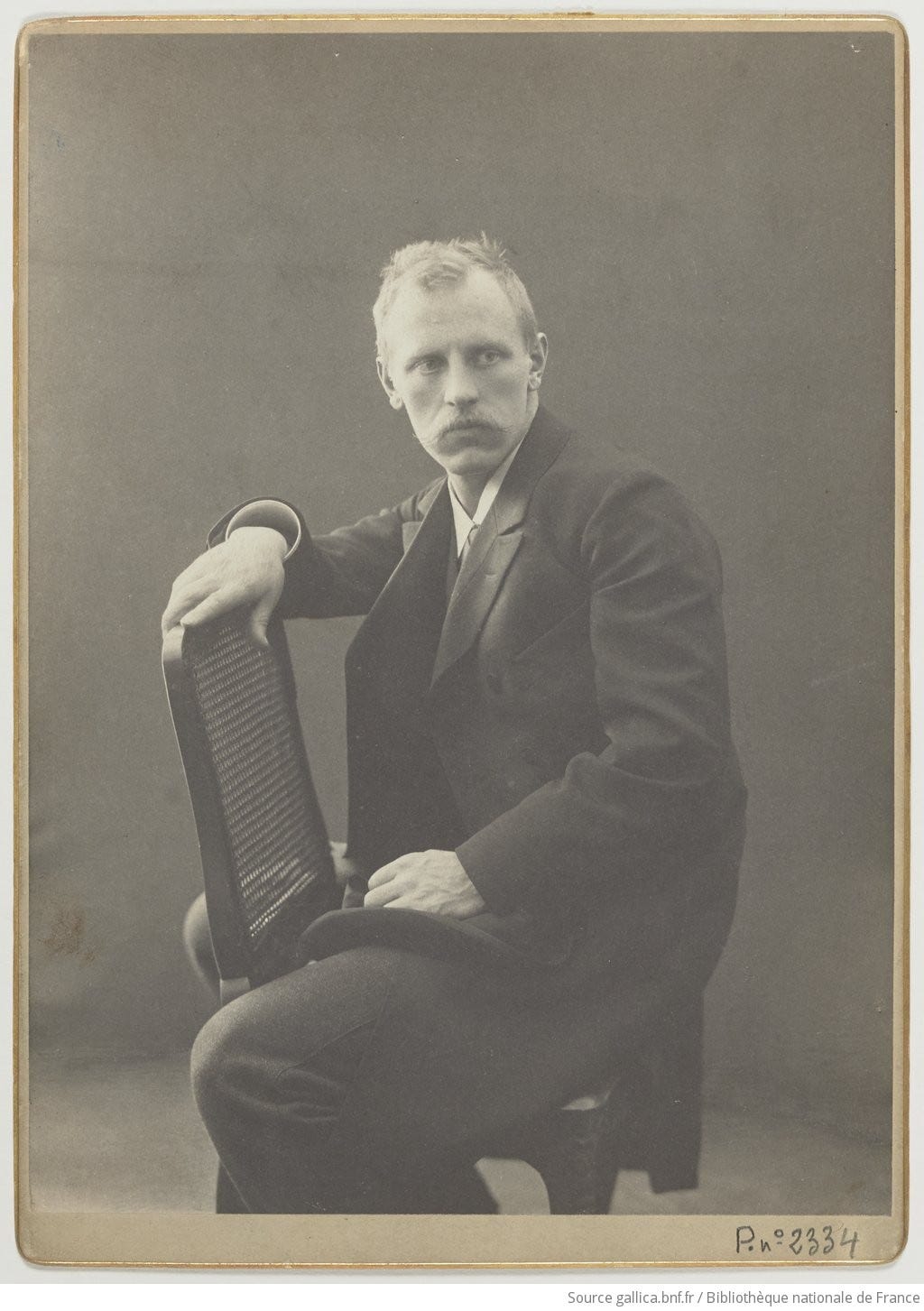
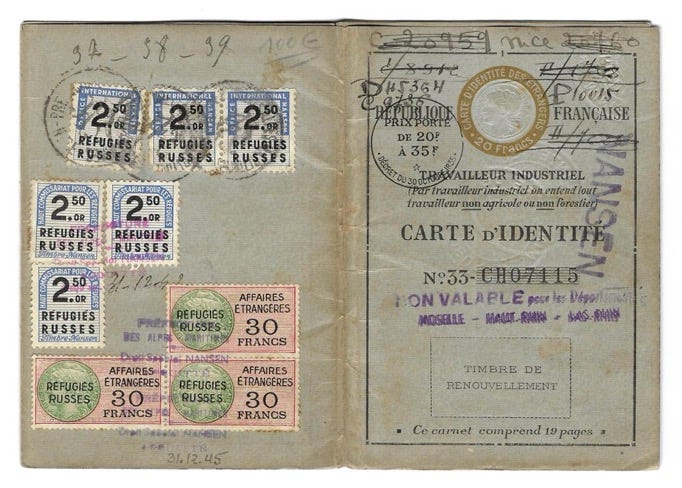
Very interesting. Thank you.
Very interesting. The use of this travel document raised some interesting legal questions because so many holders were stateless. If, for example, you came to the US as a visitor with a Nansen travel document, where would you go “back to” when your period of authorized stay ended. But these documents were life savers for many refugees between the wars. The Astaire Rogers movie “Roberta” deals with Russian nobility in Paris in the 1930s. Irene Dunne plays a Russian princess and sings “Smoke gets in Your Eyes” and Ginger Rogers pretends to be Russian nobility because “you have to have a title to croon over here.” Thanks so much for your very interesting post!!!!